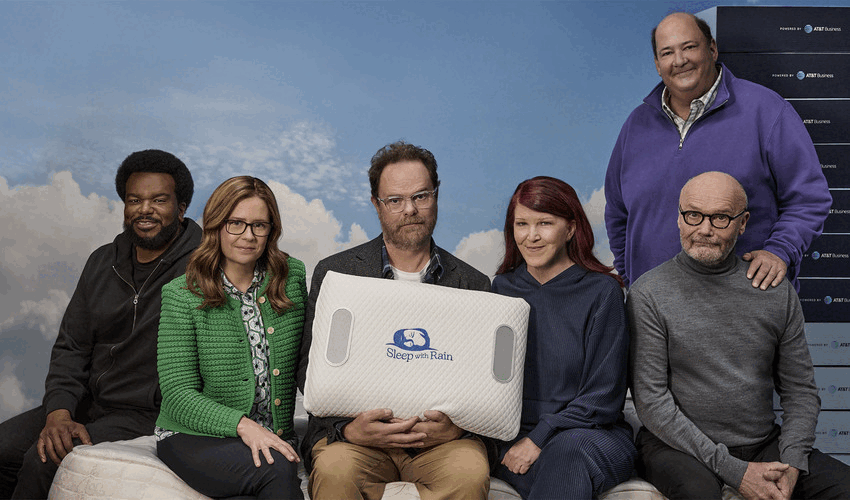Mary Meekers 2015 Report Reveals 73 per cent Global Penetration for Mobiles
- Wednesday, May 27th, 2015
- Share this article:
 Every year, the Internet Trends report by Mary Meeker of Kleiner Perkins Caulfield & Byers identifies the key patterns currently happening in the digital world, and points out the most important emerging trends and companies.
Every year, the Internet Trends report by Mary Meeker of Kleiner Perkins Caulfield & Byers identifies the key patterns currently happening in the digital world, and points out the most important emerging trends and companies.
This years report is no different, showing the huge growth mobile has had over the past two decades, from one per cent penetration to 73 per cent of the global population owning a mobile phone, 40 per cent of whom have a smartphone.
In the world of mobile marketing, the report pointed out the massive disparity between the amount of time consumers spend on mobile, and the relatively small amount of ad spending spent on the channel.
While time spent on mobile now accounts for 24 per cent of all media consumption, equaling desktop internet, it attracts only eight per cent of the spending. Compared to print, which gets four per cent of the time but 18 per cent of the ad spend, it is clear that the advertising industry is lagging behind consumer patterns.
The growth of mobile is affecting how users consumer media too; 29 per cent of view time is spent viewing vertical screens, with vertical video ads like Snapchats seeing completion rates nine times higher than landscape video ads, suggesting that creatives need to make changes to how video content is shot, with more focus given to the vertical orientation.
The report identifies messaging apps as the key to mobile, with six of the top 10 apps by usage focused on messaging, and seven of the top 10 by number of sessions. While messaging services that manage to pass the 100m MAU milestone can enjoy relatively sustained success, the network effect makes it difficult for new services to attract users away from established apps.
Asian messaging apps like Line, KakaoTalk and WeChat developed many features that now appear in apps like Facebook Messenger and WhatsApp, such as stickers, video messaging and payments. These apps will continue to signpost the way, with opportunities like integrated commerce, food delivery and taxi services yet to be taken up by western app developers.
The report also revealed that young people are increasingly shifting to more visual social networks, with Facebook usage dropping from 80 per cent to 74 per cent, and only 14 per cent of 12 to 24 year olds rating it as the most important social network in Spring 2015. Meanwhile, services like Snapchat, Instagram and Pinterest have seen increases in both usage and importance among youths, with Instagram rated as the most important by almost a third of young people.
Ad formats like Facebooks Carousel, Pinterests Cinematic Pins and Googles local inventory ads were all singled out for their fast, fun and interactive nature that was optimised to mobile.
Looking at more general digital trends, the report showed the huge growth the internet has seen over the past 20 years, from less that one per cent of the global population connected, to 39 per cent population penetration.
Even with the huge impact the internet has had on the consumer and business economy, it has made relatively little inroads into education, healthcare and government thinking, suggesting there is still massive room for growth in terms of digitals impact on the everyday.
















